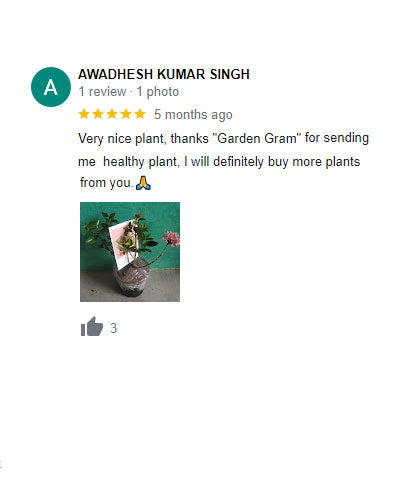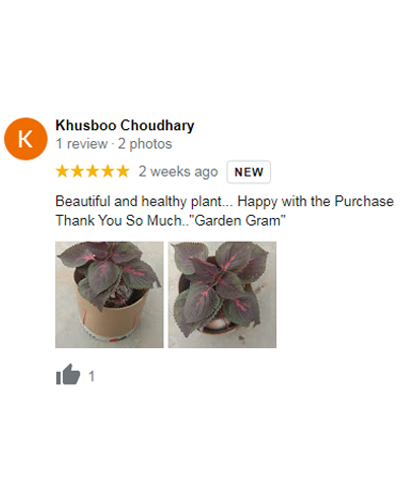Cracking the Code: Why Your Indoor Plants Turn Yellow and How to Fix It
Indoor plants bring life and vibrancy to our living spaces, but what happens when their leaves start to turn yellow? It's a common woe for plant enthusiasts, and addressing this issue promptly is crucial to the well-being of your leafy companions.
Understanding the Basics
Let's delve into the life cycle of indoor plant leaves. Much like the changing seasons, leaves undergo a natural process of growth, maturity, and eventual decline. Central to their verdant glory is chlorophyll, the unsung hero responsible for the vibrant green that graces our favorite foliage.
Common Causes of Yellowing Leaves
Lack of Light
When your plant is yearning for a bit more sunshine, it shows. Look out for subtle signs like leaf elongation and a noticeable pale tint. To combat this, consider rotating your green companions regularly to ensure they bask in the sun's goodness from all angles.
Overwatering
Even plants can drown their sorrows, especially when overwatering leads to compromised root health. Finding that sweet spot for watering, where the soil is moist but not waterlogged, is the key. Invest in a moisture meter for accuracy and let your plants breathe between sips.
Underwatering
On the flip side, dehydrated plants exhibit wilting and drooping leaves. Establishing a consistent watering routine tailored to each plant's needs is your ticket to a hydrated and happy indoor garden.
Nutrient Deficiency
Plants, much like us, need their daily dose of nutrients. An overview of essential elements like nitrogen, phosphorus, and potassium reveals the recipe for a thriving plant. Recognize the symptoms of nutrient deficiencies, from yellowing edges to stunted growth, and fortify your plant's diet accordingly.
Environmental Factors
Temperature Stress
Indoor plants, accustomed to the cozy confines of our homes, can suffer from extreme temperature fluctuations. Be mindful of drafts and sudden temperature drops, and employ simple strategies like grouping plants together for mutual warmth.
Humidity Issues
Humidity levels can make or break your plant's well-being. Some like it hot, while others prefer a spa day in higher humidity. Understand your plant's preferences and invest in a humidifier or a pebble tray to create a comfortable environment.
Pests and Diseases
Pest Infestations
Meet the villains of the indoor plant saga—common pests like spider mites and aphids. Vigilance is your weapon; inspect your plants regularly, and if you spot unwanted guests, employ natural solutions like neem oil or introduce predatory insects.
Fungal and Bacterial Infections
Identifying signs of infections is crucial for early intervention. Yellow spots and wilting can be ominous signals. Practice good hygiene by removing dead leaves promptly and consider natural remedies like copper-based fungicides.
Soil Quality
Poor Soil Drainage
Well-draining soil is the unsung hero of a healthy root system. It prevents waterlogging, a common woe for indoor plants. Enhance drainage by adding perlite or coarse sand to your potting mix.
Soil pH Imbalance
The pH level of your soil directly influences nutrient absorption. Regularly test your soil and adjust the pH using amendments like lime or sulfur to ensure your plants can feast on the buffet of nutrients available.
Frequently Asked Questions (FAQ):
Q1. How do you fix yellow leaves on houseplants?
A. Identify the cause - is its lack of light, overwatering, or nutrient deficiency. Adjust care routines accordingly, like providing more light, altering watering practices, or supplementing with suitable nutrients.
Q2. Can yellow plant leaves turn green again?
A. Absolutely! By addressing the root causes of yellowing, such as light, water, or nutrient issues, you create an environment conducive to healthy growth. Over time, new leaves should replace the yellow ones.
Q3. Do yellow leaves mean my plant is dying?
A. Not necessarily. Yellow leaves indicate stress or environmental issues. Swiftly address these concerns, by adjusting light, water, or nutrient levels, and you may witness a remarkable recovery in your plant's health.
Q4. What can I give my plants for yellow leaves?
A. Consider a balanced, water-soluble fertilizer to address potential nutrient deficiencies. Always follow the recommended dosage, tailoring it to your specific plant's needs for optimal results.
Q5. Should I cut the yellow leaves off?
A. Yes, trimming yellow leaves redirects the plant's energy to healthier parts. Use clean, sharp tools and cut at an angle. Focus on truly yellow portions to minimize stress on the plant.
In the grand symphony of indoor gardening, understanding the language of yellowing leaves is your ticket to a lush and thriving indoor oasis. Summing up these insights, remember that proactive care is the secret sauce to a green haven. Embrace the joy of nurturing your indoor plants, and they'll reward you with an evergreen display of vitality. Happy planting!













